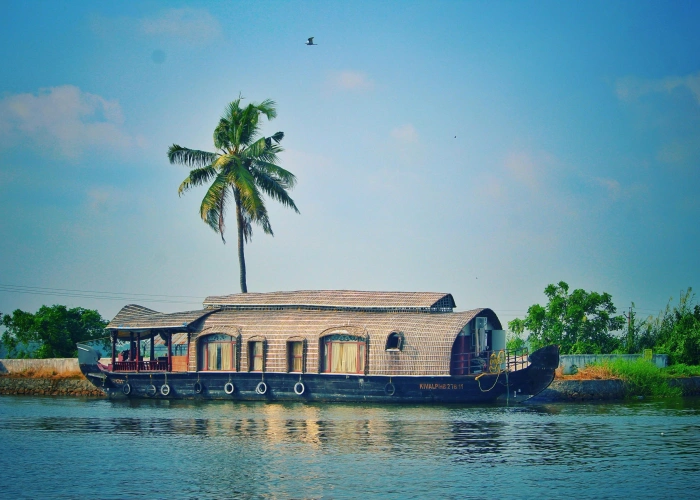Central Asia Water Resources Management

Adapted from the project website
The project aimed to secure green growth in Central Asia through better water-resource management. Two of Central Asia’s major rivers—the Amu Darya and Syr Darya—provide over 90 percent of energy supply in Tajikistan and the Kyrgyz Republic through hydropower. They also support irrigation farther downstream, helping the Uzbekistan, Kazakhstan, and Turkmenistan economies stay afloat. However, poor water management has led to the salinization of up to 90 percent of agricultural land in these countries and a destitute and dry Aral Sea. Funding for this program will be used to investigate effective management and rational use of the waters of the Syr and Amu Darya rivers, fundamental to green growth for some 70 million people. Through analysis, institutional strengthening, and investment identification in the water and energy sectors in Central Asia, the focus of this program is to help transform the information, institutions, and investments for better water management in the region, increasing accessibility and reliability of water resources.
The proposed activities directly enhance the potential for a major (>$85 million) project for strengthening analytical capacity for smart and informed decision making and the underlying the water information management system, namely CAWaRM. The project will have measurable outcomes that can be assessed to include: a) access to reliable water resources monitoring data and forecasts improved (e.g. number of WRM agencies accessing/using improved water resources data); b) lasting institutional knowledge creation and sharing in support of an institutional roadmap for water resources management at the regional level, c) transformative actions to address key water resources issues in the Central Asia region emerging from better and more trusted and transparent information on water; and d) better integration of forecast information for disaster management, safety of hydraulic structures, and operational coordination under extreme climatic conditions. CAWaRM will itself include some priority investments to modernize water resources information systems management; more profoundly, a more trusted, comprehensive and effective information system on water resources will support both national and regional scale investments in needed water infrastructure.